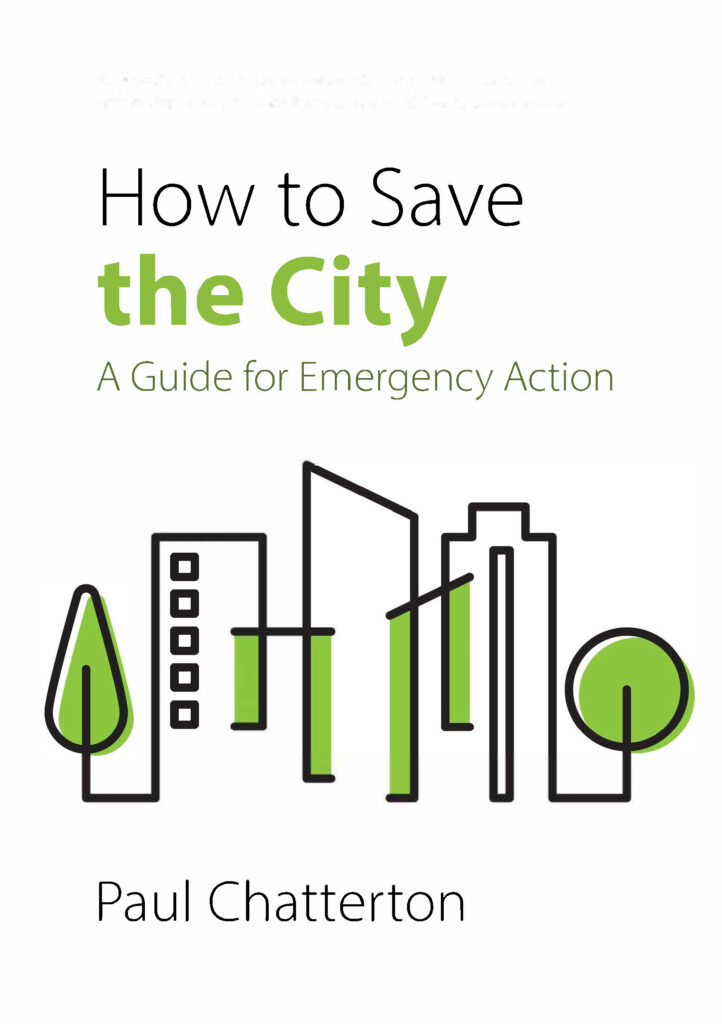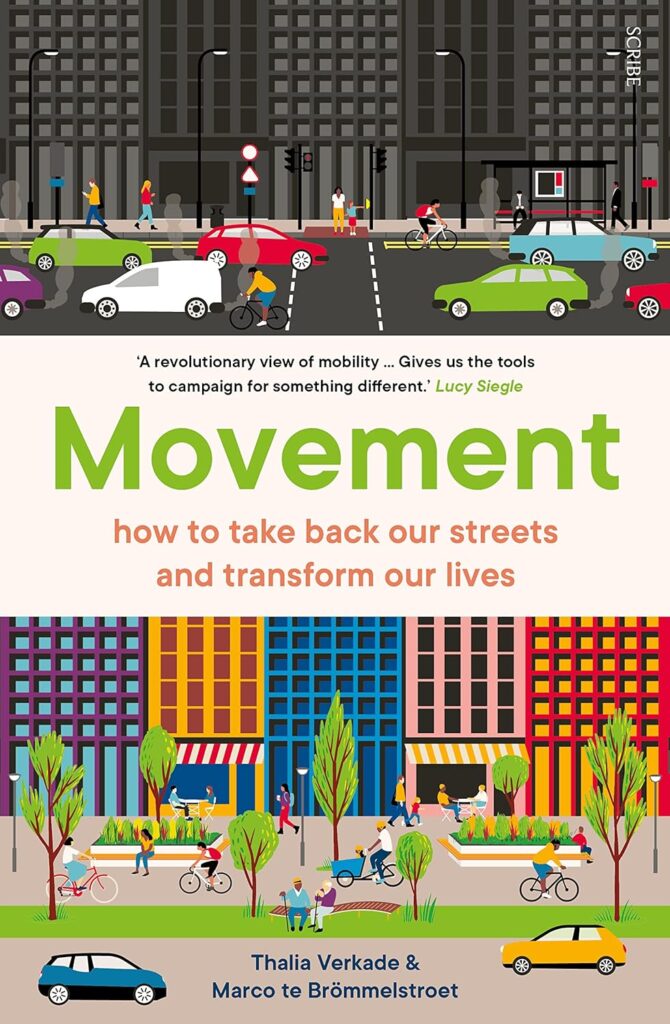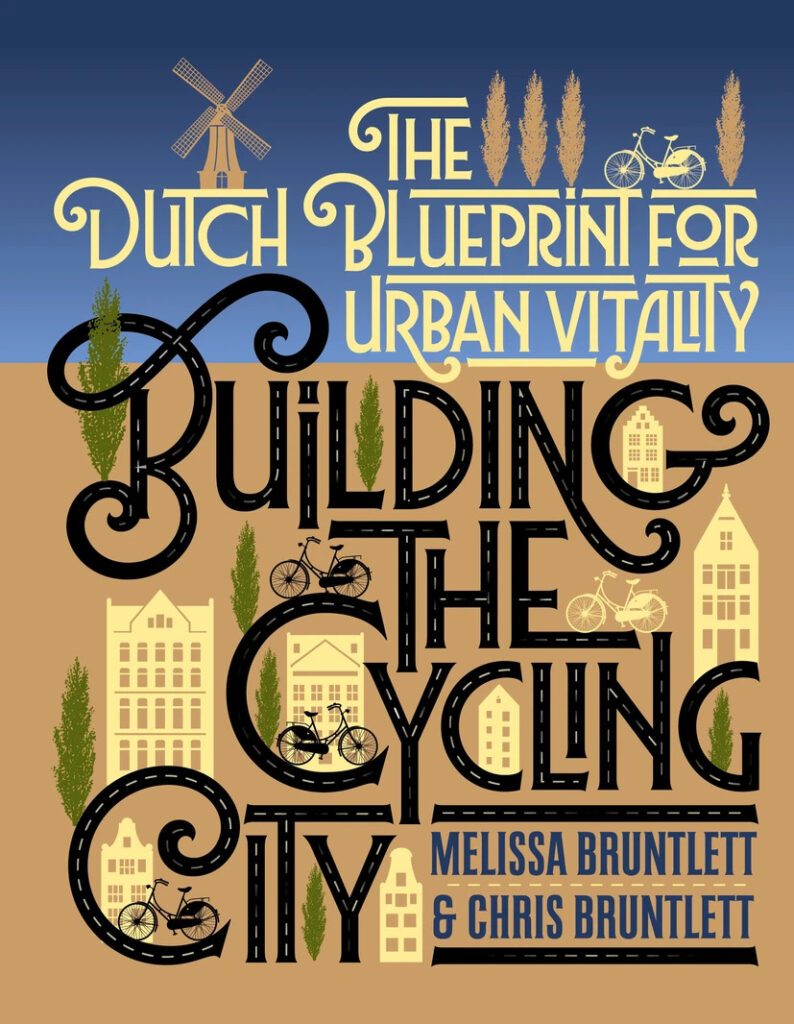We rode our Dutch bicycles from city to city, stayed the odd extra day in some and documented what we saw. It wasn’t a trip just to see the highlights frequently shared on social media, although there are some, Fietspad documents the real bike infrastructure that people use every day, from big cities to smaller towns, urban to rural environments, the good and the bad.

What is it about?
The Netherlands is an absolute cycling paradise and sort of a beacon in the world of best practices. But how can we look at it from different angles? Is it an unattainable utopia? Is it possible to learn lessons and transfer the knowledge to other parts of the world, especially to areas with low levels of cycling?
There are two main discourses and perspectives. The first approach attempts to view Dutch cities as unattainable utopias by promoting statements such as “We are not Amsterdam!” or “We cannot be like them!” which excludes the possibility of a will to change the city. The second approach attempts to view Dutch cities as learning platforms for transferable lessons and knowledge by applying critical insights. This approach follows a framework for comparative studies. Fietspad (Bike Path in English) is one of the best resources related to the second approach.
Fietspad attempts to explain how we can look at Dutch cycling infrastructure to understand the Dutch urban fabric and draw lessons that can be considered in other contexts. It is a photo essay method to examine personal experiences, urban characteristics, mobility rules, design concepts, people’s behavior, significant challenges, etc. in many cities in the Netherlands Utrecht, Gouda, Delft, Rotterdam, Eindhoven, Nijmegen, Arnhem, Zwolle, Groningen, Amsterdam and Zandvoort and many places in between from an outsider/insider perspective.
Roy Symons, the author, is a cyclist and designer who aims to present thick descriptions of the “real bike infrastructure that people use every day, from big cities to smaller towns, urban to rural environments, the good and the bad” (p. 5) in the Dutch environment, exploring things North Americans do not need, things they are not ready for, and things they do need. “While there are some aspects of Dutch cycling infrastructure that we don’t need in North America, there are many that we do if we’re to create safer, more accessible routes for everyone” (p. 402). This is his latest book after Bike Lanes (bike lane planning and design) and Except Bicycles (neighborhood bikeway principles).
What approach does it take?
Fietspad uses a photo essay method (including taking photographs, recording thoughts, and writing diaries) to explore different aspects of Dutch cycling infrastructure and culture through storytelling. A very interesting combination of daily diaries along with fascinating photographs that the author details for us made this book absolutely valuable. I believe this book can also be considered a form of “cycling auto-ethnography” where the description of the researcher/author’s lived experiences is the key element.
We continue on, and sit to finish our drinks watching a flow of people on bicycles navigating the yield controls, sometimes well, and sometimes not so well. There were a few near misses, even one very close call where both came to a complete stop, smiled at each other, and continued on their way with not even a raised word.
(p. 8)
The author compares what he observes and experiences in the Dutch environment with the North American context. An interconnected network, Dutch-style roundabout, digital yield signage, node network, fast cycle routes, Woonerfs, raised intersections, etc. are the most characteristic features of Dutch bicycle infrastructure. In the book, the extent of the safe bicycle network is described as the most remarkable thing in the Netherlands, and the cars on the bike lanes in some areas as the worst.
The network and frequency is fantastic and we get easily where we need to go (p. 214), I really think the extent of the network in the rural areas is what really makes the Netherlands the best place to cycle (p. 184), The most notable thing about the bike paths though, was the extent of the bicycle network that they form, which kept surprising me right up until the end of the trip. Everywhere we went, there were safe facilities to ride on – everywhere! We have such a long way to go in North America, but we have to start somewhere, and while not anywhere near as extensive, cities like Vancouver and Victoria in Canada are getting to the point where you can navigate much of the city in relative safety by bicycle .
(p. 403).

Who might be interested in this book?
The book will appeal to anyone who wants to explore the principles of Dutch cycling infrastructure through a user experience and a wonderful photo story. It is a great opportunity for readers to become familiar with Dutch “hard” cycling infrastructure in different cities and at different scales. This book is an excellent resource for planners, practitioners, and anyone passionate about cycling to better understand the connections between environmental features, policy, infrastructure, design, culture, and user behavior in the Dutch context.
Further details
- Academic disciplines: Mobilities, planning, design.
- Geographical scope: Netherlands: Utrecht, Gouda, Delft, Rotterdam, Eindhoven, Nijmegen, Arnhem, Zwolle, Groningen, Amsterdam, and Zandvoort.
- Relation to cycling: Cycling and cycling infrastructure is central in this book; through a photo essay approach utilizing different perspectives, the book sheds light on Dutch cycling infrastructure to help understand how we can look at the best practices.
- Author website: www.rollinginthecity.ca



